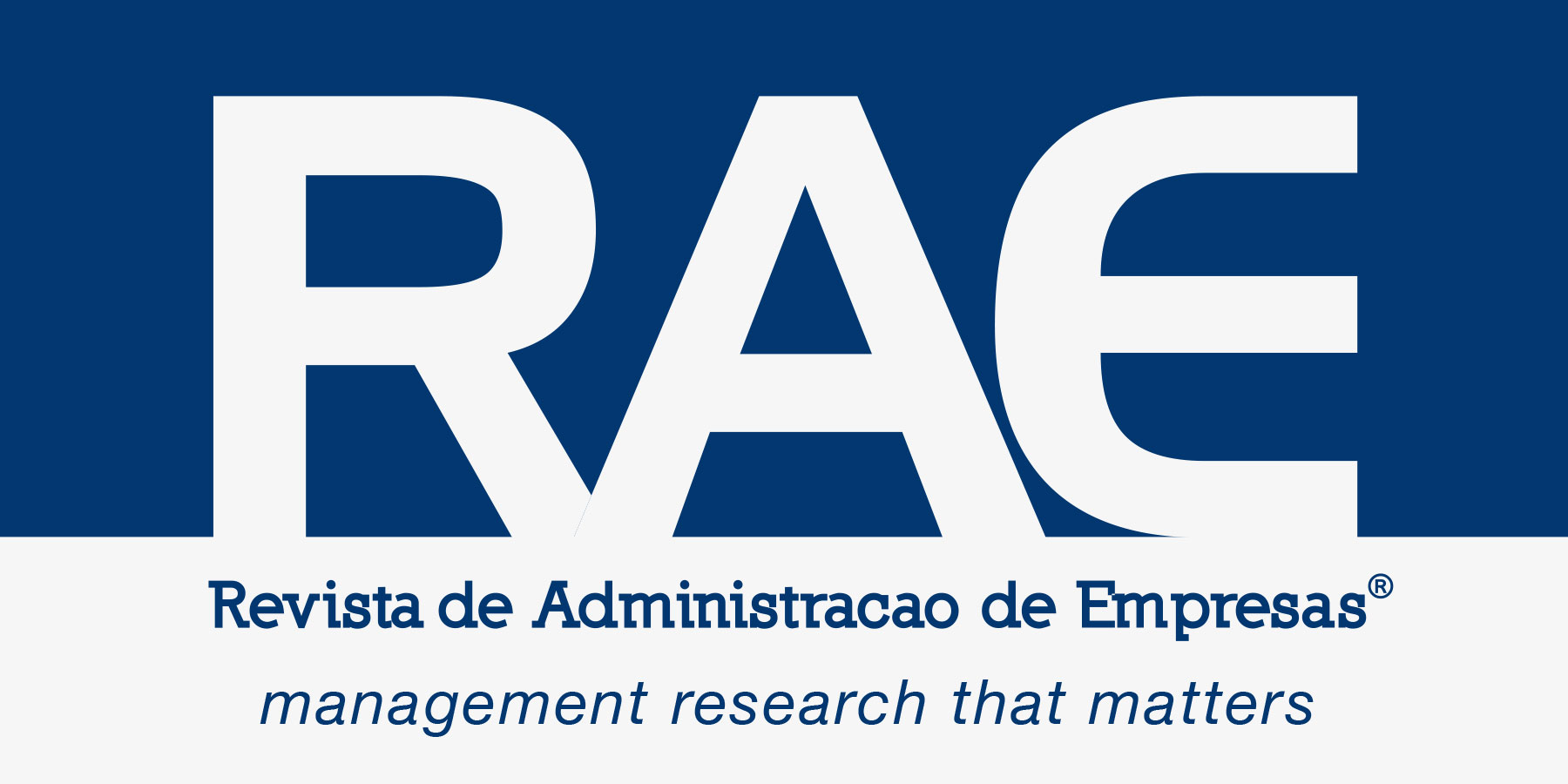| Innovation |
Developing new products/services that reduce the extraction of raw materials. Optimizing the use of inputs with a focus on regeneration or the use of renewable materials. Introducing practices of virtualization, restoration, recycling, remanufacturing, reuse, and extending the useful life of the product. |
55,48,59,16,44,41,70,63,29,2. |
| Managerial |
Improving production efficiency and creating new products and services with a focus on sustainable organizational management practices. |
30,18,60,38,33,39,49,11,13. |
| Orchestrate |
Flexibility is generated through coordinating and managing computer systems, applications, and services, as well as adopting artificial intelligence and IoT, which facilitates transitioning to CE practices. |
52,43. |
| Alliances |
They facilitate waste reduction, improve energy use, redesign products and services, use renewable energy, and improve water use. |
36,31,40,57,3,22,11,41,44. |
| Ambidexterity |
Balances the innovation portfolio by sustaining business value in the present, integrating circular principles in the design of future business models. |
9, 59, 65. |
| Detection |
Makes it easier to identify CE opportunities, implementing sustainable practices and CE strategies. |
37,49. |
| Entrepreneurial Orientation |
It generates the potential to implement circular practices, as it is more open to developing sustainable business strategies. |
51. |
| Information Systems |
It makes it easier to analyze available information to support decisions, helping to select suppliers that adopt circular practices. |
65,16. |
| Experimentation |
It facilitates the implementation of new ideas or circular solutions at all levels of the organization. |
70. |
| Eco-innovation |
Promoting the reduction of consumption of natural resources, greenhouse gas emissions, and waste generation, reconfiguring and adapting the production cycle, and including new ethical, social, and environmental values. |
30,56,61,40,57,62,4. |
Process
Management |
Improving production efficiency by developing new management processes that influence the adoption of investments in circular projects. |
61,63,64. |
| Knowledge Management |
Facilitates the improvement of organizational efficiency by promoting the adoption of circular practices through the knowledge acquired. |
16,41,63,35,68. |
| Research and Development |
Facilitates the creation of new product solutions, processes, methodologies, and equipment with a focus on circularity. |
44. |
| Relational |
Are associated with the prospect of synergy with relevant stakeholders in the production chain in which the CE is being executed. |
63. |
| Absorptive |
Those seeking to develop new products and processes by absorbing knowledge to create innovative products. |
63. |
| I4.0 |
I4.0 facilitates the transition to CE because it seeks to digitalize industrial processes to automate production, reduce losses of raw materials and electrical energy, and optimize processes. |
9,5,52,8,12,47. |
| Organizational Learning |
The ability to learn at all levels of the organization makes it easier to introduce new circular practices. |
44,40. |

 Source: Adapted from
Source: Adapted from 






 Source: Adapted from
Source: Adapted from  Source: Adapted from
Source: Adapted from 